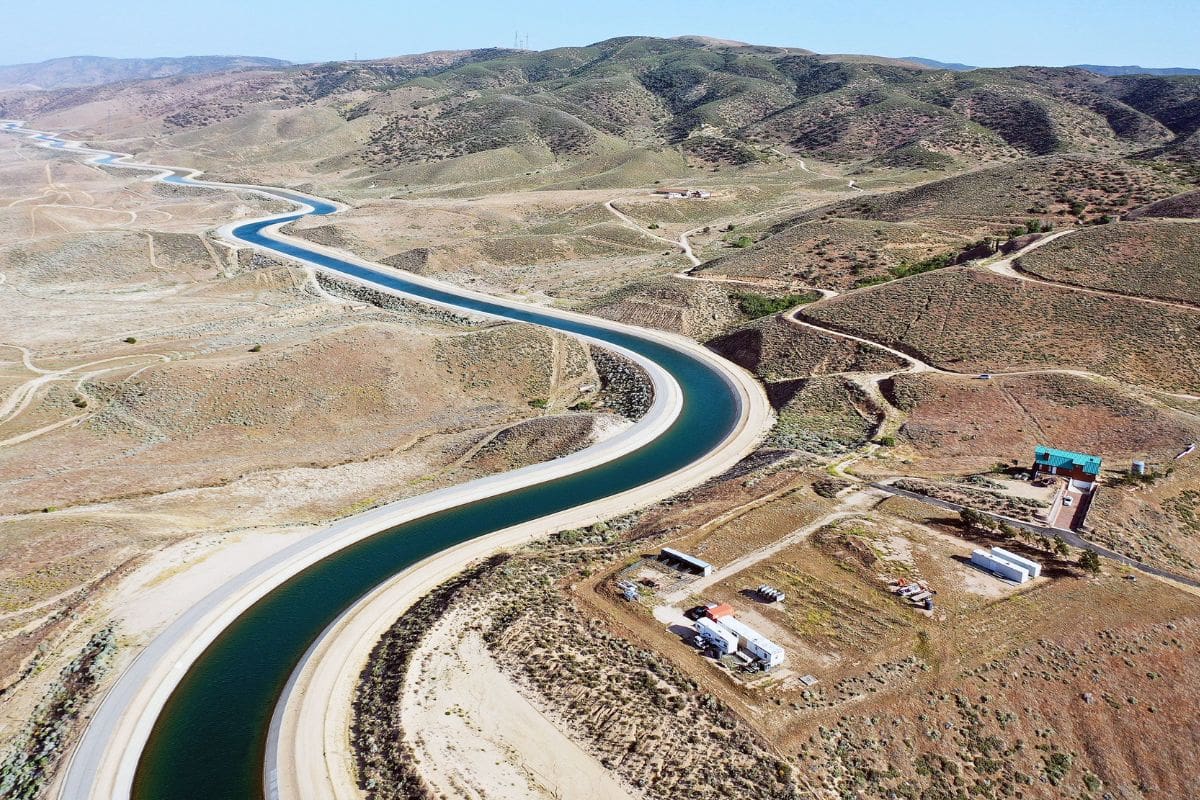Unlocking Water Wealth Urban Storm: In the realm of urban water management, the issue of storm runoff presents a significant challenge that demands innovative solutions. As we navigate the complex landscape of water sustainability in urban environments, the quest for unlocking the potential of stormwater management becomes increasingly crucial.
Imagine a scenario where storm runoff is not just a problem to be contained but a valuable resource waiting to be harnessed. The key lies in exploring mega solutions that could revolutionize how we view and utilize stormwater in our cities.
Stay tuned as we uncover the untapped potential of unlocking gold in urban storm runoff.

Capturing Stormwater for Water Independence in California
Exploring innovative solutions to achieve water independence in California, capturing stormwater emerges as a promising strategy to combat chronic water shortages in urban areas. A study conducted by the Pacific Institute sheds light on the immense potential for urban stormwater capture in California, offering a glimmer of hope in the face of water scarcity challenges. Engineers are actively contemplating the feasibility of developing efficient systems that can effectively harness runoff from storms.
The concept of capturing stormwater involves collecting and storing rainwater that flows through urban areas, rather than letting it go to waste. This captured water can then be treated and used for various purposes, such as irrigation, industrial processes, or even drinking water after appropriate treatment. By implementing robust stormwater capture systems, California could significantly reduce its reliance on external water sources and move closer to achieving water independence.
As researchers deeper into the possibilities of stormwater capture, the potential benefits for California’s water sustainability become increasingly apparent, offering a ray of hope in the quest for a more water-secure future.
Orange County’s Path to Water Independence
Orange County Water District exemplifies a proactive approach towards achieving water independence through innovative strategies such as storm runoff harvesting, wastewater reuse, and groundwater recharge.
- Cutting-Edge Storm Runoff Harvesting: OCWD implements advanced technologies to capture and store stormwater, minimizing runoff and maximizing water resources.
- Efficient Wastewater Reuse Systems: The district employs state-of-the-art treatment processes to recycle wastewater for non-potable purposes, reducing the demand for fresh water.
- Effective Groundwater Recharge Practices: OCWD replenishes underground aquifers with treated water, ensuring a sustainable supply for future generations.
- Leadership in Self-Sufficiency: By combining these methods, Orange County Water District sets an industry standard for water independence, demonstrating the feasibility of reducing dependence on imported water sources.
Through these pioneering initiatives, OCWD showcases a holistic approach to water management, paving the way for greater self-reliance and resilience in the face of water scarcity challenges.

Los Angeles County’s Water Management Challenges
Amidst its pursuit of water self-reliance, Los Angeles County grapples with intricate water management challenges, particularly concerning water quality and contamination despite successful stormwater harvesting and groundwater recharge initiatives.
The county’s efforts to enhance water sustainability are hindered by pollutants and contaminants that infiltrate the water supply, posing risks to public health and the environment. Despite strides in stormwater harvesting and groundwater recharge programs, the persistent issue of water quality remains a significant hurdle.
Los Angeles County’s long-term strategies include ramping up stormwater harvesting and implementing groundwater remediation projects to mitigate the reliance on imported water sources. By addressing these challenges head-on, the county aims to bolster its resilience against water scarcity and contamination, paving the way for a more sustainable and self-sufficient water future.
Through innovative solutions and strategic planning, Los Angeles County is poised to overcome these obstacles and secure a reliable water supply for its growing population.
Investments for Water Sustainability and Urban Resilience
Embarking on a path towards water sustainability and urban resilience, California’s cities are making ambitious investments in innovative strategies and infrastructure.
- Aggressive conservation programs aim to reduce water consumption and promote responsible usage.
- Wastewater recycling initiatives seek to maximize the utility of water resources and minimize waste.
- Stormwater harvesting projects focus on capturing and storing rainwater to offset water scarcity during dry periods.
- Discussions on positive externalities and surplus water value highlight the importance of efficient water management practices in urban areas.
These investments reflect a shift towards self-sufficiency and environmental stewardship, emphasizing the integration of nature and sustainable architecture to enhance both the livability of cities and the overall environmental sustainability. By prioritizing these innovative approaches, California’s cities are not only addressing immediate water challenges but also laying the groundwork for a more resilient and water-secure future.


ALSO READ: Californians Hit by Soaring Costs Amidst Inflation – Shocking Reality
News in Brief
Unveiling Urban Water Revolution: Storm Runoff Solutions. California pioneers innovative stormwater capture to combat water scarcity. Orange County leads with cutting-edge methods, including storm runoff harvesting, wastewater recycling, and groundwater recharge, setting a benchmark for water independence.Challenges persist in Los Angeles County due to water quality concerns. Despite successful initiatives, contamination remains a hurdle. However, ambitious investments in conservation, recycling, and stormwater capture promise a sustainable future.The focus shifts towards holistic approaches, integrating nature and architecture for urban resilience. As California cities invest in innovative strategies, they forge paths towards self-sufficiency and environmental stewardship, shaping a water-secure tomorrow.

